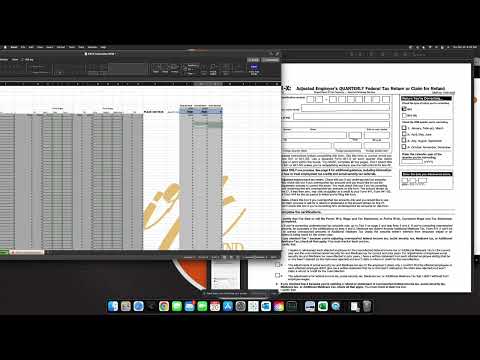The employee retention tax credit is a powerful tool for businesses to help them retain their employees during hard economic times. It was created by the Coronavirus Aid, Relief created the tax credit that is refundable along with the Economic Security (CARES) Act in 2020 . It is designed to help employers keep their employees on payroll in spite of the financial challenges caused by the COVID-19 pandemic. The employee retention tax credit can be used by employers regardless of size, including those who are self-employed or have less than 500 employees.
The employee retention tax credit provides a refundable tax credit for as much as 50% wages paid by an employer who is eligible its employees during the period beginning at March 12, 2020 through December 31 2021. The maximum amount of credit is $5,000 per employee per year. The credit is accessible any employer, regardless of whether they've suffered a complete or partial interruption of their businesses due to the COVID-19 pandemic.
The purpose of this article is to give an overview of the retention tax credit, and the things employers must know in order to make the most of it. We will cover eligibility criteria, how the credit is implemented, and how to claim the tax credit. We will also share tips for employers about how to maximize their tax credit for retention of employees.
In the end, the employee retention tax credit is a valuable instrument for employers to help keep their employees employed during hard economic times. The credit is offered for employers of all sizes and grants a tax credit up to 50 percent of the wages an eligible employer pays its employees. Employers should take the time to understand the eligibility requirements, how the credit works and the best way to use it to get the most benefit from the tax credit for retention of employees. Through the use of the tax credit, employers are able to aid in ensuring their company's financial stability and their employees' employment.
Additionally, employers must seek advice from their tax advisors to make sure they're taking full advantage of the tax credit, as well as other relief programs. This CARES Act provides a number of other relief programs that go beyond the employee retention tax credit like Paycheck Protection Program, Paycheck Protection Program and Economic Injury Disaster Loans. Through taking advantage of the various relief programs available employers can aid in ensuring the financial stability of their companies and also ensure their employees' job.

















